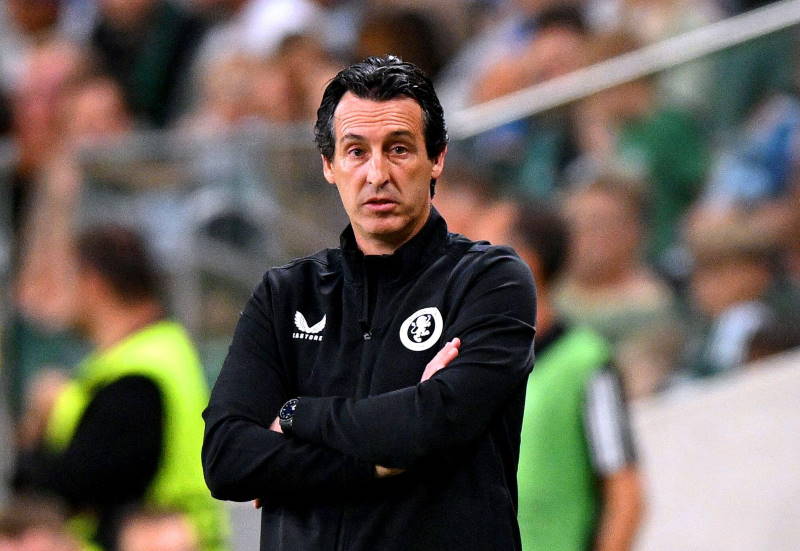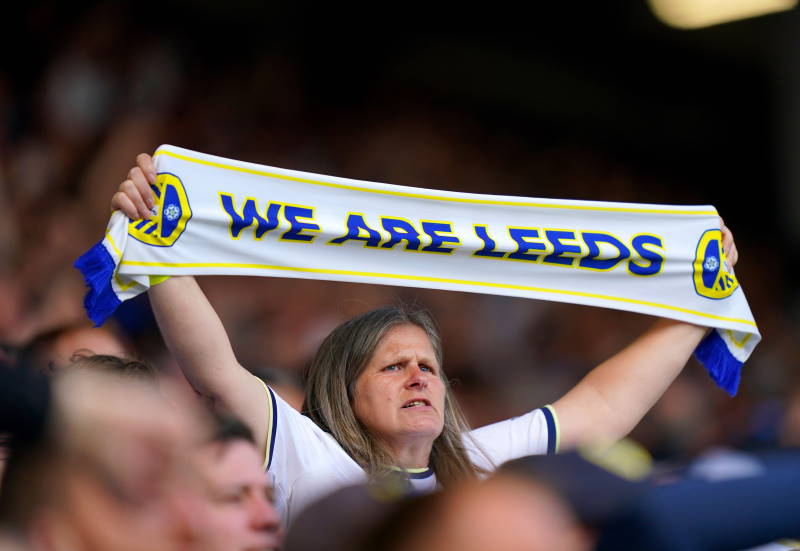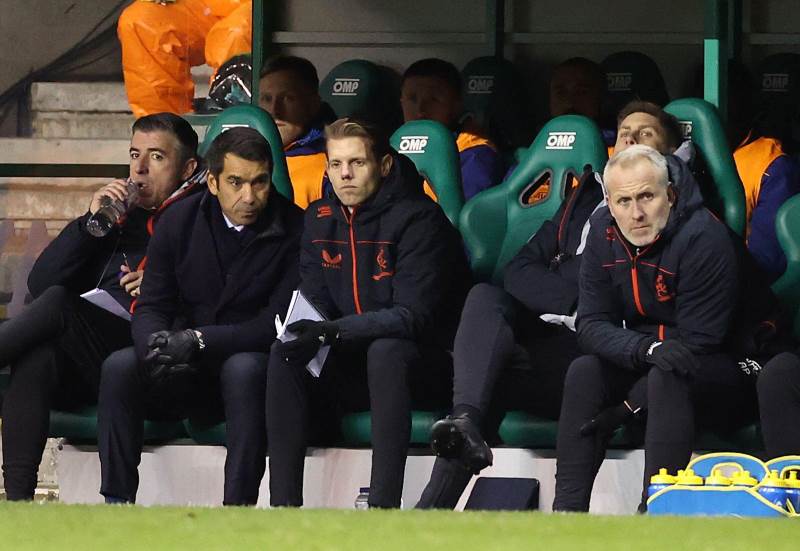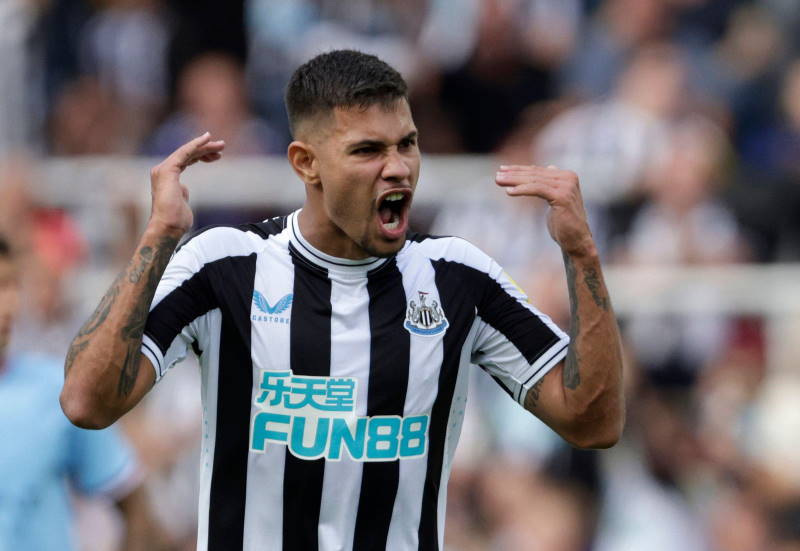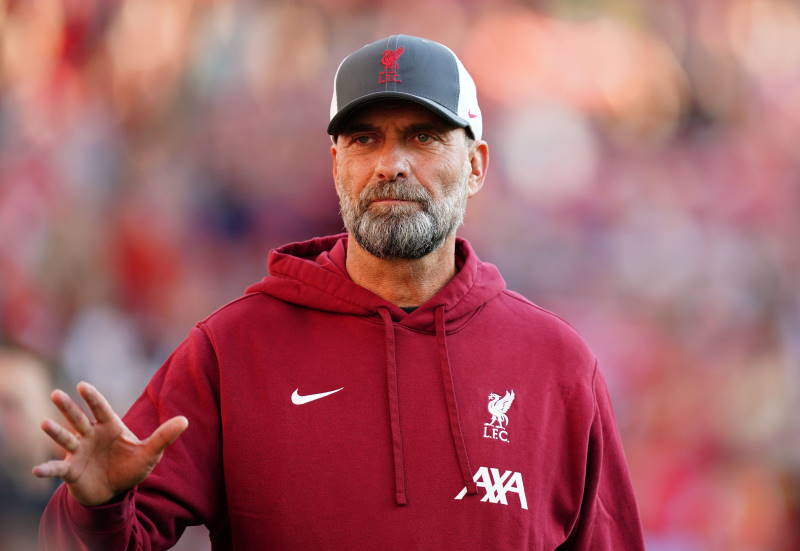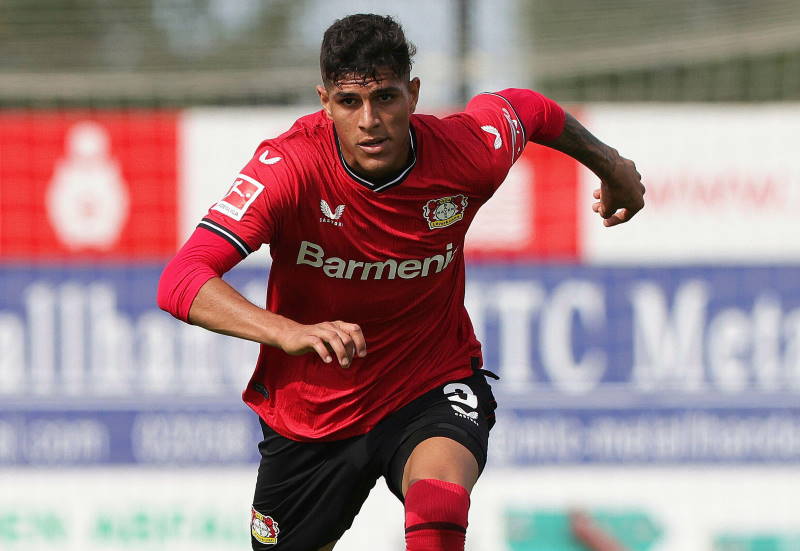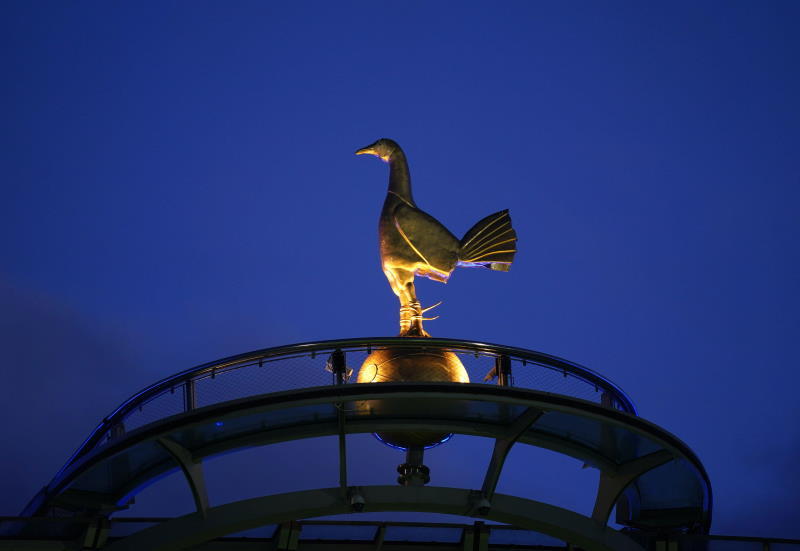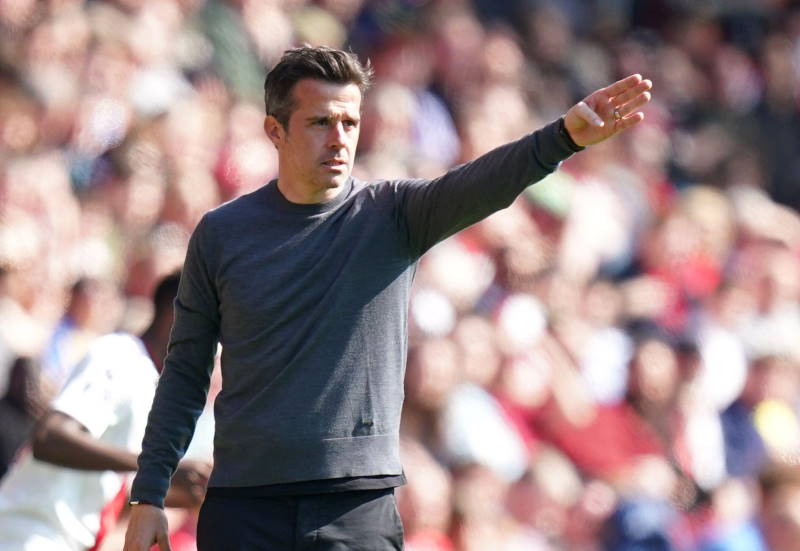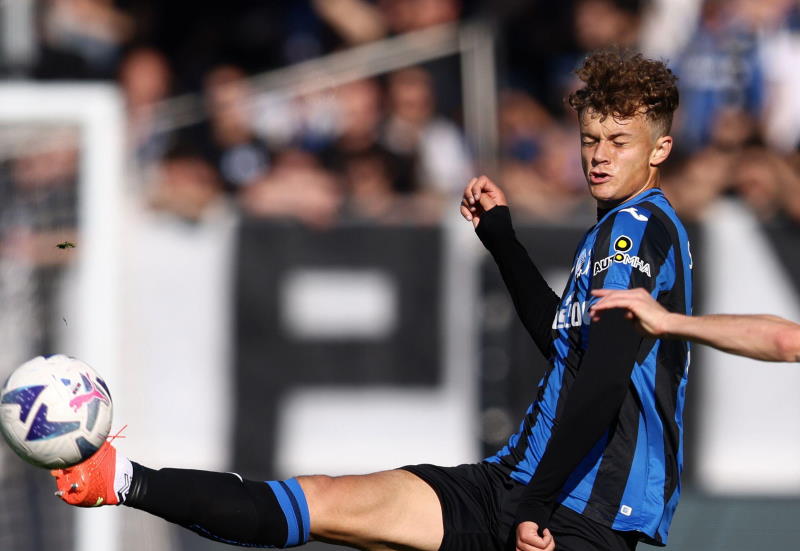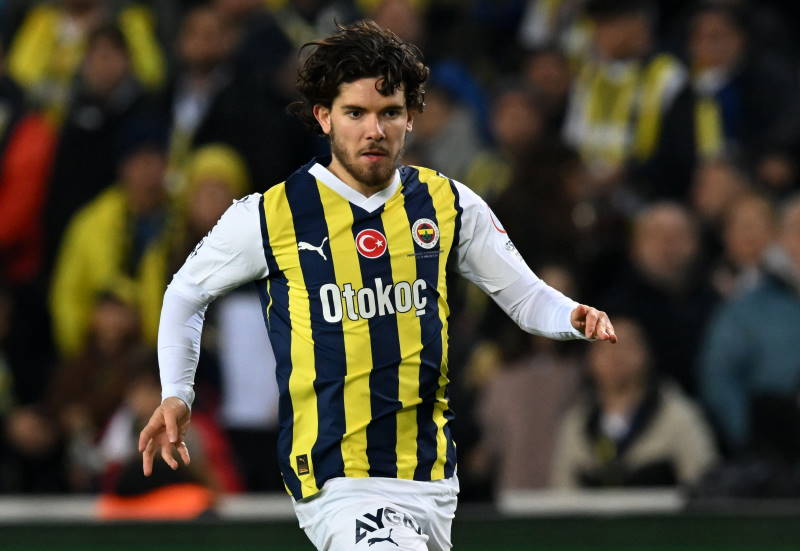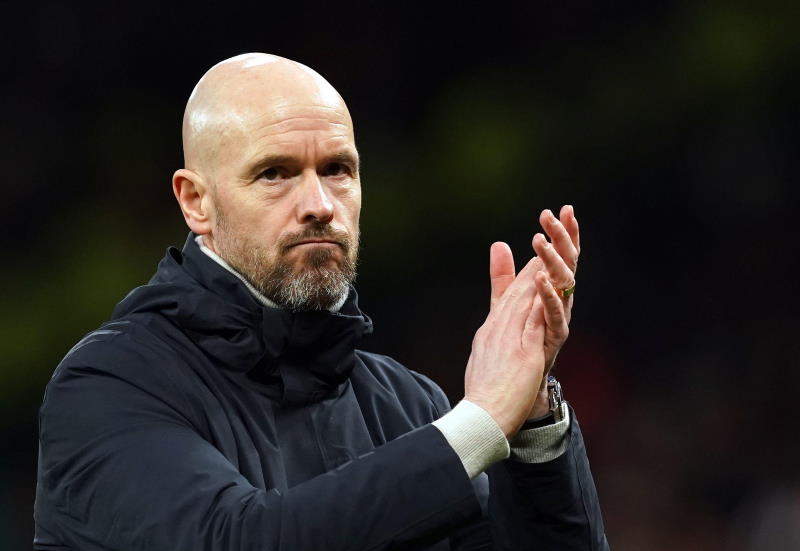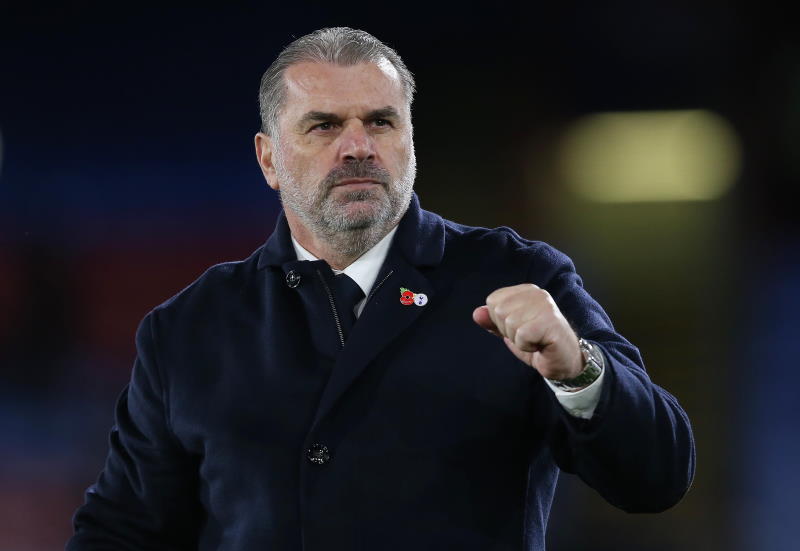
Dynamo Kyiv and Shakhtar Donetsk hold a fierce rivalry in Ukrainian football, and this has exploded in recent years, due not exclusively to the fact that the Donetsk club have become an established European giant, but also because games amongst the two go a long way towards deciding the destiny of the domestic title.
Historically, in the former USSR, there were many great clubs that, it could be said, were (almost) equal, and the fight for first place was always dramatic. However, more often than not the presence of either Dynamo Kyiv, Spartak Moscow or Dynamo Moscow could be counted on.
The latter were at their peak when legendary goalkeeper Lev Yashin was in his prime and regularly excelling between the sticks in the 1950s and 1960s. As Yashin retired, Dynamo Moscow suffered and dipped below Dynamo Kyiv and Spartak Moscow. Although the recipients of great support from the Soviet Militia, Dynamo stuttered and failed to return to their former glories.
Spartak and Dynamo Kyiv struggled for supremacy in the 1970s and 80s, battling for the championship trophy, with only the occasional interruption to their seemingly eternal duel. However, that was the USSR Championship, and in the USSR Cup, the landscape was different. Dynamo and Spartak remained the strongest clubs in the competition, but the knockout system of cup ties meant that other teams emerged as difficult to beat – notably Dnipro Dnipropertrovsk and Shakhtar Dontesk.
Shakhtar were an inconsistent beast, playing to their full potential only when the mood took them. The Dontesk club could lose several matches on the trot to weaker sides, but then shock onlookers by defeating the Soviet Union’s top sides one after another. Due to this, Shakhtar were perfectly suited to the USSR Cup. Competing with Dynamo Kyiv and Spartak Moscow on a league basis though remained out of the question, until that is the Soviet Union collapsed – that changed everything.
With separate leagues for Russia and the Ukraine, Spartak Moscow became the leading club in the Russian Federation, while Dynamo Kyiv and Shakhtar Donetsk belonged to the Ukraine. The sides could now only meet in European competition, although few even spared a moment to think about that at the beginning of the 1990s. In Ukraine, attention focused on Dynamo, the country’s greatest club side of all time. The Kyiv outfit gathered the finest players, had significant financial support from the capital city, and Shakhtar were relegated to the role of provincial upstarts, not capable of opposing their Kyivan rivals.
In the 90s, Dynamo soon became even more powerful than anyone could have imagined. The club were led by great player, now coach, Valery Lobanovskyi, who created a new team, bringing through players from Dynamo’s youth school and nurturing them into his own children. Despite his increasing years, Lobanovskyi had understood the transformation taking place in the game in the mid-90s, with a quicker and more tactical approach adopted. Lobanovskyi forged his young charges into a team that went on to surprise Europe’s biggest sides in the Champions League.
At the centre of Dynamo’s success too was the appearance of talents such as Andrei Shevchenko and Sergei Rebrov. The two combined perfectly up front, and helped Dynamo to beat the likes of Real Madrid, Arsenal, Barcelona and PSV Eindhoven. Of course, while excelling in Europe, Dynamo held the Ukrainian league in an iron grip. The peak of Dynamo’s new history came in 1999, when they advanced to the Champions League semi-final, just losing out to Bayern Munich for a spot in the final at the Camp Nou.
From that peak, Dynamo slowly declined as Shevchenko, Rebrov, and then later Kakha Kaladze and Oleg Luzhnyi moved on in search of the riches of western Europe. A new generation of talented youngsters was on the way through, but Lobanovskyi became seriously ill, eventually dying, and the potential stars badly missed his guidance. The capital city club had many good players and coaches, but despite continued success on the home front, could gain nothing in Europe.
At around the same time there appeared a club that dared to challenge Dynamo’s right to rule Ukrainian football – Shakhtar Donetsk. The Miners are now a powerful footballing machine that have proven to the whole of Europe that one man can decide the destiny of a club. Ukrainian oligarch Rinat Ahmetov became one of a rare breed in football ownership; a man who bought a club not as a toy, or just to make profit, but to give back to Donetsk. Football was, and is, a part of his life, and Ahmetov is now a crucial piece of Ukrainian football.
In just a short period of time Ahmetov reorganised the club and their internal structure, creating an institution where everything was in place, for people big and small; a fine training base, a youth school, a medical centre. Initial attempts by Shakhtar to become Ukrainian champions showed the entire country that the club would soon lift the trophy; they just needed stability and an understanding of the hard work required to reach the top.
A potent combination of attacking skills and solid team discipline was created by Italian coach Nevio Scala. His attitude to training and to the game itself was completely different to that to which players in the Ukraine were accustomed, but Scala’s attitude made a huge contribution to Shakhtar’s first Ukrainian title win in the 2001/02 campaign. Unfortunately, the Italian put too much emotion into his role and decided not to risk his health by continuing to work in Donetsk, meaning Shakhtar had to commence the search for a new coach.
Shakhtar then well and truly threw down the challenge to Dynamo and managed to overhaul the Kyiv team. The following years saw games between the two less as league matches, but more as powerful head-on collisions between two giants of the game. Soon the entire Ukrainian league were preoccupied with the question of whether Dynamo or Shakhtar would become the country’s champions and the two, sometimes three, meetings between the clubs each season took on huge importance.
The Dontesk club had proven historically that they were well suited to one-off matches, able to perform at a high level for showpiece events. Even before Nevio Scala or current coach Mircea Lucescu, Shakhtar won the Ukrainian Cup in 1995 and 1997; but it was the arrival of the Romanian coach that saw the silverware begin to accumulate in the Shakhtar Museum. It was under Lucescu, who took over in 2004, that a real rivalry between the two clubs started to develop, much more meaningful than it had been previously, as Shakhtar began to be more successful than Dynamo domestically and also on the European stage.
Both clubs have ambitious owners, with Dynamo boasting Ihor Surkis to match Shakhtar’s Ahmetov. Each spend, more or less, a similar amount, but the clubs’ chosen players and attitude to the game is where the similarities end. After several attempts to make real progress in Europe came to nothing, Lucescu was on the verge of being sacked, and the Ukrainian press were as one in their verdict that Shakhtar needed a new coach. However, Ahmetov believed in "Mister" and gave him another 12 months to show his worth. Lucescu did not disappoint as he brought the UEFA Cup back to the Ukraine to sit alongside another domestic title.
At the same time as Shakhtar were surging forward, Dynamo searched for a formula to reassert their dominance. Many renowned coaches arrived, but then departed as Dynamo struggled to match their Donetsk rival’s success, especially in Europe. However, Dynamo continued to punch their weight domestically and Ukrainians were happy that a one-horse title race had now added a second team to the mix. The duo’s season-long struggles for domestic success ensures some thrilling matches and serves as the benchmark for other clubs in the Ukraine.
In recent years, as Shakhtar won the UEFA Cup, Dynamo, despite competing for the domestic title, could not boast of similar European success, and brought back Andrei Shevchenko. The return of the Dynamo icon would, it was hoped, bring glory to the Kyiv club, but Shevchenko has been expected to help nurture a new generation of young talents breaking through into the side’s ranks. Now Dynamo-Shakhtar matches see young Ukrainians in the white and blue shirtsm, battle against Shakhtar’s legion of experienced Brazilian, Croatian, Polish and Ukrainian players – it is a steep learning curve.
Other clubs in the Ukraine are improving quickly and striving to move higher up the league ladder. Metalist Kharkiv especially have shown with their displays in the Europa League in the past few seasons that there is life beyond Dynamo and Shakhtar. However, the duels between the two are still legendary and the battle is set to remain the major Ukrainian derby for a long time to come.

